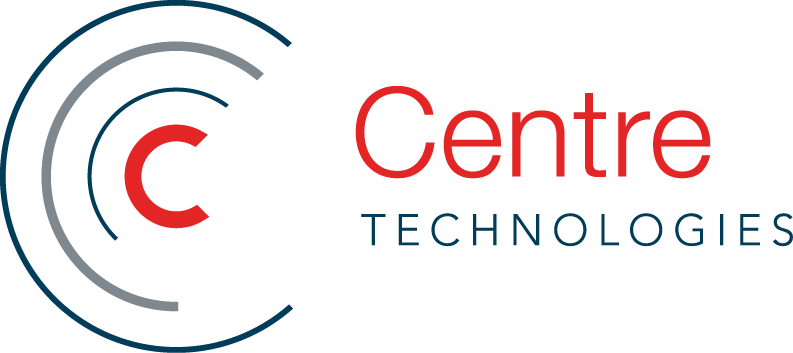As a modern business handling processes on computers and other digital devices, you need to feel confident in your network security to keep your data safe. If you don't, what's even the point of having it? Let's dig into how you can make sure you're assured your data and networks are secured.
What Is Network Security?
Network security is protective measures applied to your networking infrastructure to prevent unauthorized access, theft or misuse. Network security policies might include firewalls, virtual private networks (VPNs), intrusion prevention systems and other layers of technology to secure your infrastructure. Basically, no one gets into your network without the appropriate authorization and even then, they're vetted to the fullest during their time in your network.
What Are You Doing With Your Network?
When asking yourself if you're confident with your network security, understand what you're doing to protect your network now. Small and medium businesses may not have many systems in place, and larger companies may even have uncertainties in this area. When running your company, you're focused on employees, clients and the other factors that make your business successful. It's common for IT needs to be a lower priority but unfortunately, this is a mistake across all industries.
Who Hackers Target
Knowing who hackers target is key. Generally, as a business grows, it's more at risk of experiencing cybercrime. Even if your business is small now, any growth can show hackers you have value. The more your grow directly correlates to the more you own (data and money included). Cybercriminals may target:
- Companies with sensitive data like credit card information and Social Security numbers
- Small businesses that likely have poor cybersecurity
- High-value businesses that could pay high ransoms for data
If any of these sound like you, don't wait to secure your systems. If you don't, you might be the next headline featured across the news outlets. Let us help you avoid that.
In order to build confidence in your network security, you need to understand that technology changes quickly (naturally), and your business needs to keep up. With that, ransomware is on the rise (check out the most susceptible industries here). Hackers exploit the smallest weaknesses in your network security to steal data, so you need to update your technologies regularly. This could be the difference between keeping you job and handing it off to someone who understands the importance of protecting your systems every time.
Contact Centre for Network Security You Can Be Confident In
With the complexities of network security, your team might not have the internal resources to improve your network protection. Turn to Centre Technologies. Our Texas-based cybersecurity company specializes in security practices so your team doesn't have to. Reach out to us today.


